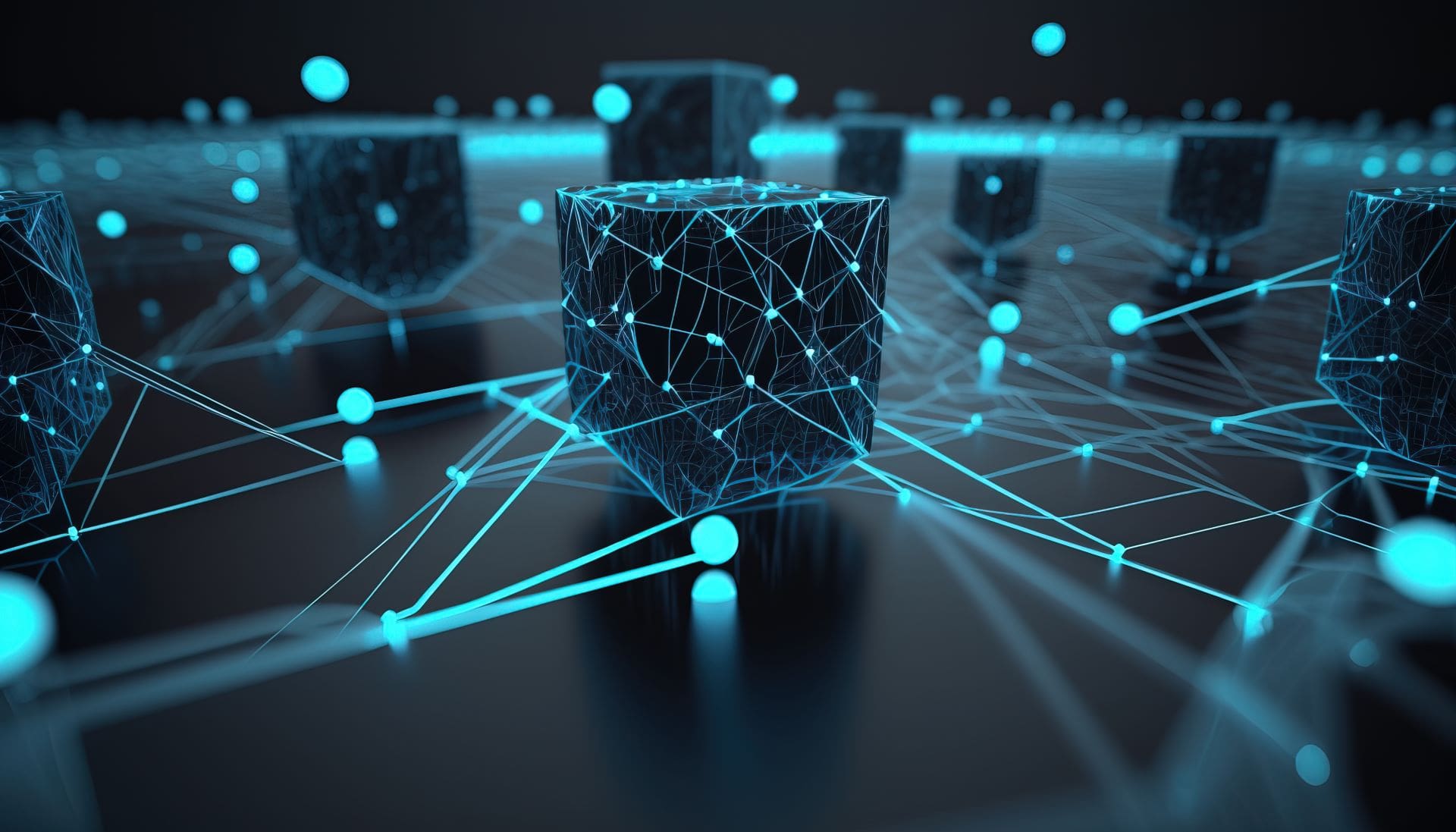Stuart Haber? Scott Stornetta? Ring any bells? How about Stefan Konst? Not really? Well, then you probably know Satoshi Nakamoto, and by ‘know,’ I mean heard of, because, of course, he/she/it’s faceless. But blockchain technology, whose re-emergence from the cold pings back to his 2008 white paper, is no stranger in the room.
Over a decade since the white paper, blockchain technology has found fame (and infamy) through cryptocurrencies like Bitcoin and Ethereum. But it doesn’t end with the coins. This tech has lived long enough to sire diverse blockchain companies, from Coinbase down to Chainalysis.
But it’s not just about crypto. The true prowess of blockchain technology shines brightest in the programming arena. Let’s show you how these code warriors make this magic happen.

Smart Contracts
Remember pinky promises when growing up? Smart contracts are like that but on steroids. So, what moves them?
Code cowboys work on these contracts specifying conditions and outcomes. And like the James Dean of tech, these contracts are fussy enough to operate by their own predefined rules and only budge when those rules are met.
Picture this: Person A sends some cash, and like magic, Person B gets a shiny digital goodie. Condition? No cash, no goodie. Yes cash, yes goodie. It’s as straightforward as ordering your morning coffee.
With perks like this, it’s a no-brainer why you’ll see many companies using blockchain technology nowadays.
Tokenization of Assets
If Andy Warhol were to rise today, he would be more surprised than Derek Zoolander. Why?
Four of his paintings are now on the blockchain, thanks to super-smart devs who are turning real things, like art or property, into digital versions called ‘tokens’.
What are these tokens though? They’re digital stickers that say, “This belongs to you.” By turning these real-world goodies into digital tokens, it becomes easy to buy, sell, or trade them on the internet.
Decentralized Apps (DApps)
You’ve heard of a new game and all the hype that comes with it. You pick up your phone to download it. Where do you go? Often Google Play Store or Apple Store. But that’s not the deal with DApps.
These bad guys run on a decentralized network of computers. This means no more big brother setting the big rules. All data and operations strut across a network, helping these rebels of the tech world to give the cold shoulder to censorship.
And as for glitches? They’re as rare as a hiccup in your grandma’s trusty vintage radio. Why? Because there’s no single point to trip over; no central server playing spoilsport. And when it comes to being open and honest? They outshine traditional apps, offering a level of transparency and security that’s simply unmatched.
With these serious advantages, it’s no wonder there are many blockchain companies out here already.
Digital Identity Verification On Blockchain
Take a seat. Now, think about a world where proving who you are doesn’t involve sifting through a mountain of paperwork or remembering the maiden name of your third-grade teacher. Welcome to digital identity on the blockchain! It’s like having a digital twin that vouches for you, without the drama.
How? Crafty programmers set this up on blockchain platforms. They then securely code in your identity details, and when verification is needed, the system checks the blockchain, not some easily forged document.
Say you’re signing up for a new service online; the system can quickly confirm “Yep, that’s you!” without you needing to spill your life’s story. Why’s this a game-changer? Blockchain-based identities slash through red tape, boost security, and put you back in control of your personal info. It’s the future, making “Who are you?” a breeze to answer.
Decentralized Autonomous Organizations (DAOs) On Blockchain
Picture a bustling company, but wait, there’s no boss in the corner office or managers running the show. Welcome to the world of DAOs! It’s like a company got a digital makeover, where everyone’s voice counts and decisions are made by the collective.
So, how’s the magic done? Tech wizards craft DAOs on blockchain platforms. They embed all the rules, and like clockwork, operations tick based on those rules or the votes of its members.
Imagine a DAO designed for charity; members could rally together, vote on where the funds should dance off to, and voila! The DAO, like a trusty butler, ensures the funds waltz to the right cause.
And the showstopper? DAOs are the future of organizations. They shine the spotlight on transparency, cut down the backstage clutter, and let every member be a director of the grand play. It’s a fresh take on how we work together, making every act count.
Final Words
The digital realm doesn’t really wait for anyone. That’s why many companies making a killing online are getting the best devs on their side to chase after the blockchain glory. As industries adapt and integrate, it paves the way for enhanced trust, transparency, and efficiency. From revolutionizing finance to bolstering the Internet of Things, embracing blockchain is a step towards a more secure and streamlined digital future.
The post 5 Applications of Blockchain Technology in Programming appeared first on The Crazy Programmer.
from The Crazy Programmer https://ift.tt/iAjbR4Z
Comments
Post a Comment